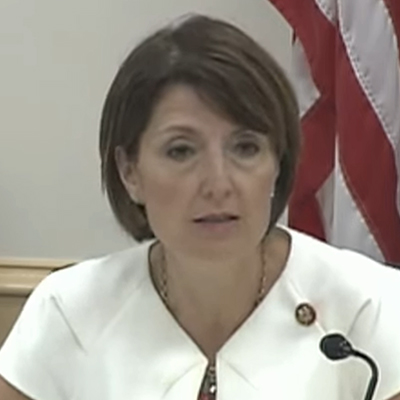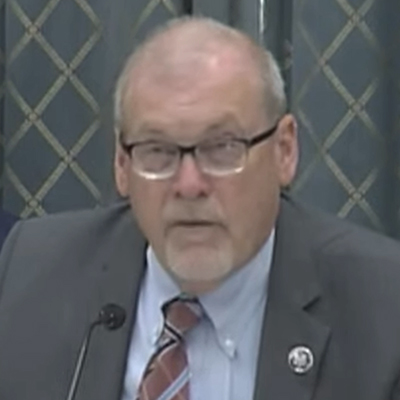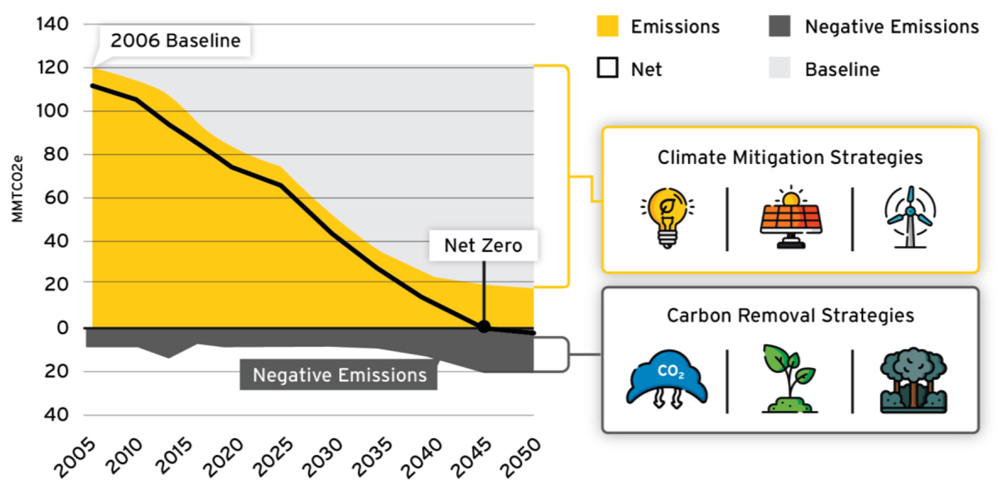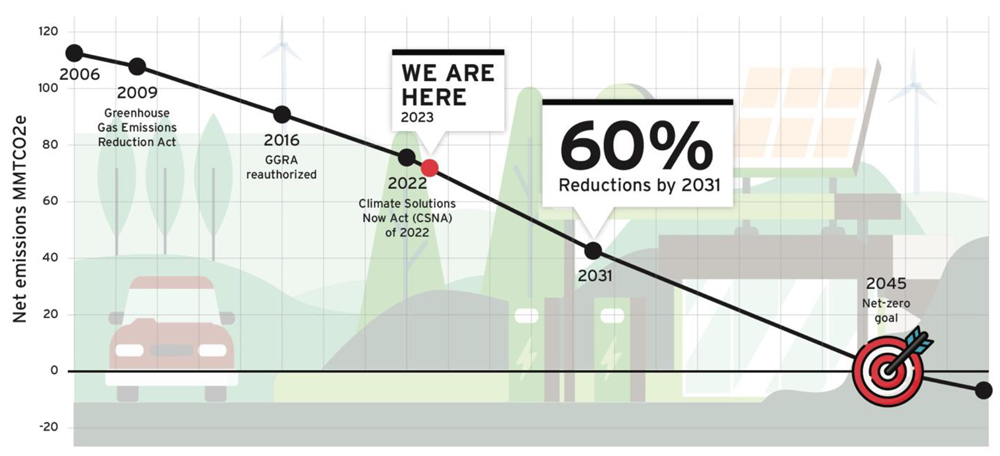New Jersey’s Board of Public Utilities (BPU) will launch a new solicitation for its Competitive Solar Incentive (CSI) program on Oct. 1 after rejecting a first round of bids as too expensive.
The capacity targets for the solicitation, which will close on Dec. 31, will be largely unchanged from the first solicitation, which closed March 31. The CSI program, with a goal of developing 300 MW of capacity a year, is the state’s first program to target grid-scale projects and is a key element of the state’s solar effort. The BPU’s rejection comes amid growing scrutiny from Republicans and business groups about the cost of the state’s clean energy programs, most prominently the offshore wind sector. The CSI was part of the state’s new solar incentive program, Successor Solar Incentive (“SuSI”) Program, enacted in July 2021 after criticism that previous incentive programs were too generous. (See NJ BPU Approves Rules for Grid Solar Program.)
The board pursued the competitive solicitation in an effort to use market forces to reduce incentive rates.
Veronique Oomen, BPU’s renewable energy project manager, who outlined the agency’s analysis of the first solicitation at the board’s July 12 meeting, did not say how many bids were submitted, and the board order also did not specify. But all the “responsive” bids exceeded the confidential price caps developed by the BPU, the order said.
“Bids came in at significantly higher price levels than anticipated,” Oomen said. “Staff attributes this mainly to a nationwide high level of economic and regulatory uncertainty at the time of the solicitation, as well as higher than historic levels of cost, which all impacted the development of larger scale solar.”
Due to the “robust response to the solicitation,” Oomen said, BPU staff suggested that the board launch the new solicitation with the same capacity targets as the first bid process. The four BPU commissioners present approved the recommendation, largely without comment.
Developer Concern
Fred DeSanti, executive director of the New Jersey Solar Energy Coalition, said he was disappointed at the board’s rejection and predicted that it would put the program back months and result in the state seeing a lower-than-expected solar capacity in 2023.
He said the board initially said its internal modeling was designed to remove outlier bids in case there was insufficient competition, rather than using it to set incentive levels, which would be left to the competitive solicitation. The fact that the bids were higher than the board expected “clearly shows that their modeling didn’t take into account the realities of inflation, supply chain issues and COVID and everything else,” he said.
“This either comes down to you want to have competition dictate price … or you don’t,” he said. “And if the board wants to just set prices and say, ‘Listen, this is what grid-based power is worth to the people in New Jersey,’ and nobody can build for that, well, then you don’t want to do it.”
“Let us know, so we don’t waste our time going through all these exercises of bidding,” he added. “These guys have locked up properties. These guys have leases. These guys went and did all the project requirements that were required before they put in a bid. They put in escrow money. They put in a bid fee. They did all the things they were supposed to, and [it’s disappointing] for all of them to be rejected.”
Solar Capacity Growth, Targets
Gov. Phil Murphy, seeking to require all electricity purchased in the state be emission free by 2035, has set targets of 12.2 GW of solar energy by 2030 and 17.2 GW by 2035. (See NJ Governor Sets Out Accelerated Emissions Targets.)
The state had installed 4.5 GW by the end of May, the latest BPU figures available, after adding 458,588 kW in 2022, the state’s largest annual total ever.
In developing the SuSI program, the BPU sought to add 750 MW of new capacity a year. Aside from the CSI program, SuSI includes an incentive program — the Administratively Determined Incentive (ADI) program — aimed at smaller projects, with subsidy levels set by the BPU. Since opening in August 2021, that program has incentivized the development of 200 MW of solar, according to the BPU.
The CSI, which is for projects greater than 5 MW, requires developers to submit projects in one of five categories: basic grid supply (with a target of 140 MW); grid supply on a built environment (target 80 MW); grid supply on contaminated sites and landfills (target 40 MW); net-metered nonresidential projects above 5 MW (target 40 MW); and storage paired with solar (target 160 MWh).
“The competitive solicitation process was specifically intended to ensure that New Jersey ratepayers are incentivizing the projects that seek the lowest incentive contribution from the ratepayers,” the order released last week explained. It added that there was “uncertainty” as to how many bidders there would be. “
As a result, the board had the “the discretion to establish confidential high and low bid thresholds prior to the solicitation.” To ensure that all parties submitted their best price, the board gave each bidder the opportunity to provide their “Best and Final Offer” two weeks after the bid submission period closed, the order said.
Bids Affected by Uncertainty
The order said that “several significant and time-specific barriers may have adversely impacted the level of competition in this first solicitation,” including rising inflation and uncertainty over tariffs on solar panels from Southeast Asia.
The BPU also speculated that some developers may have been put off by the short amount of time allowed in the schedule between the program’s launch in December and the opening of the first solicitation in February, hindering developers’ ability to prepare bids. The order also suggested the requirements for electrical and building permits may have dissuaded some potential applicants. The requirements eventually were waived.
In addition, agency staff speculated some developers balked at a requirement that bidders show that they had an “established position in the PJM interconnection queue.” That requirement “effectively limited the first solicitation to projects that had already started development several years before the program was launched,” the order said.
The board’s order for a new solicitation concluded that “circumstances specific to the timing of the first solicitation, particularly the elevated regulatory risk at the federal level, and market trepidation around both inflation and economic uncertainty, could have played a role in elevating risk premiums for projects participating in the first solicitation.”
The BPU staff also recommended that the agency conduct an “in-depth analysis” of the way it calculated its internal price caps, with an eye to setting the internal caps for the next solicitation.



